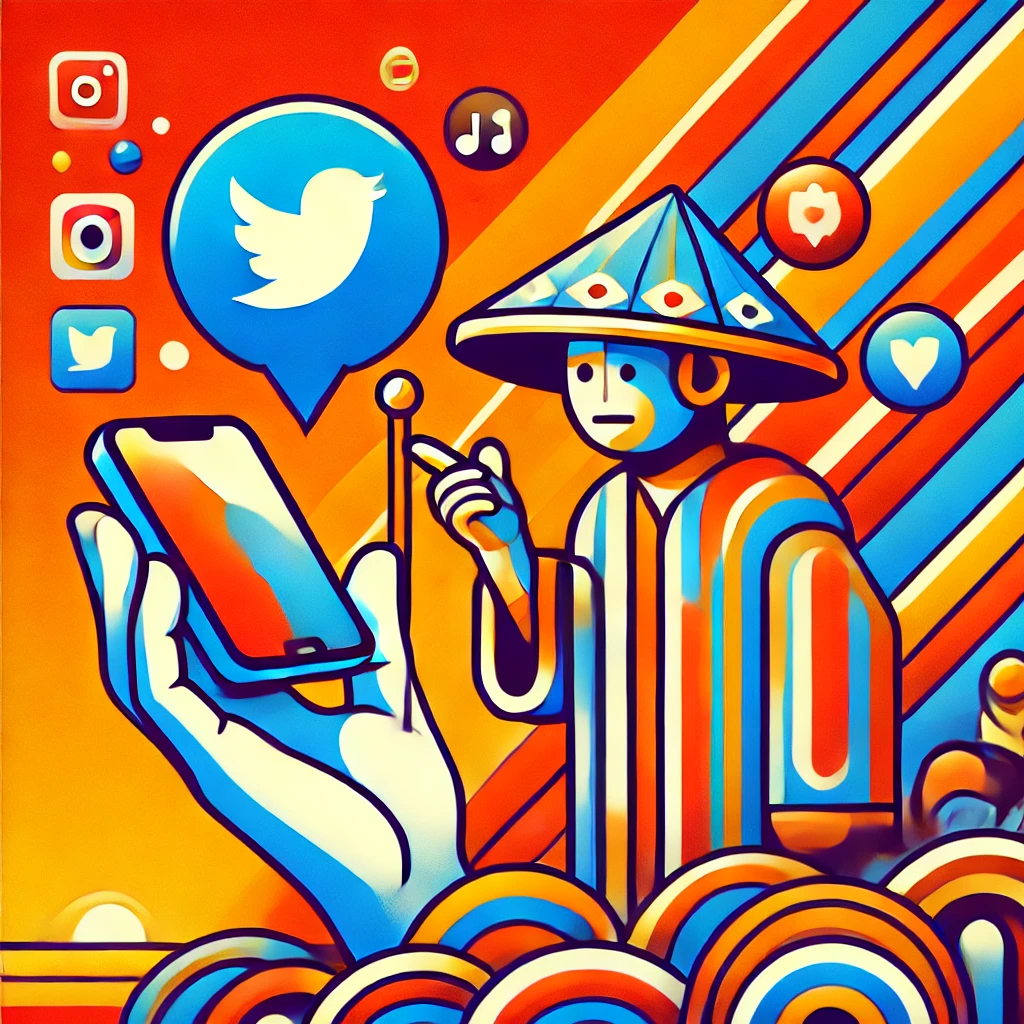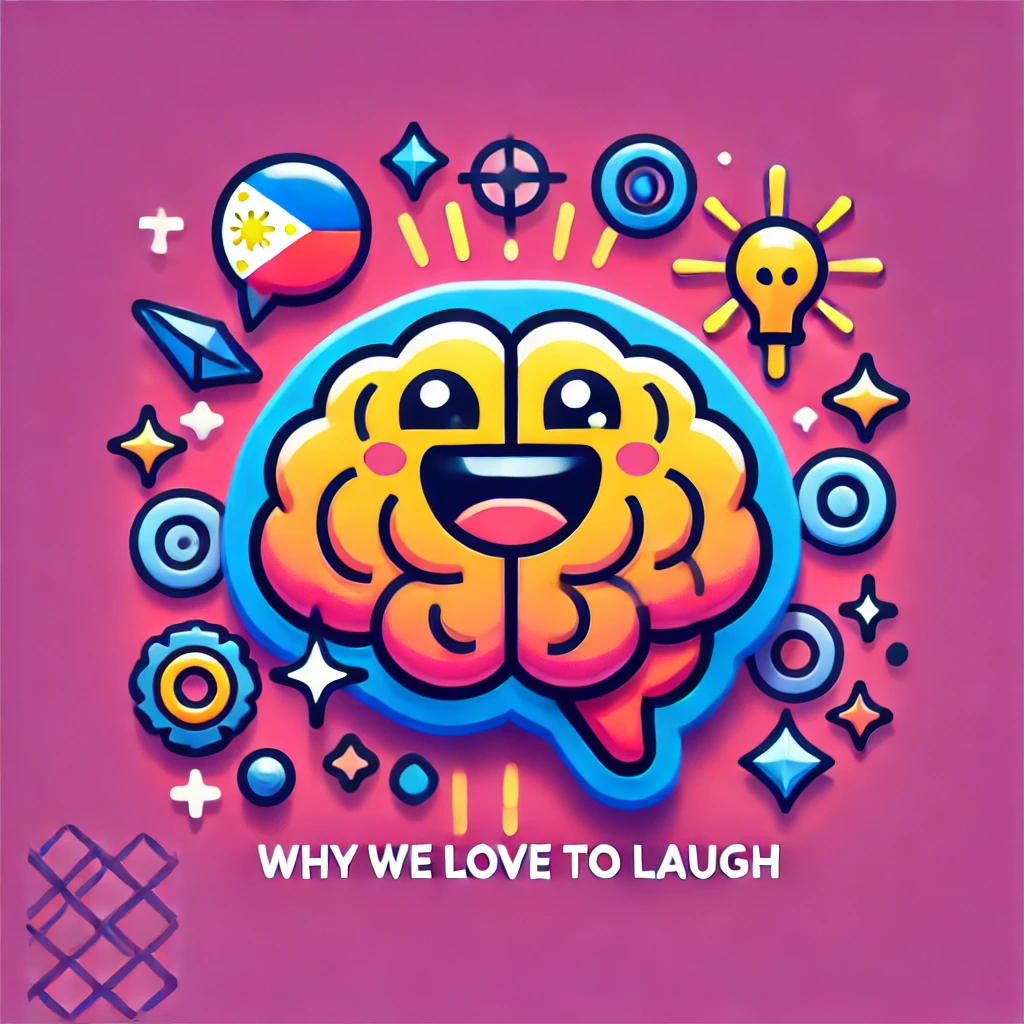Hey there, kababayan! Ever wondered how our beloved Filipino jokes evolved from simple punchlines shared around the dinner table to viral memes flooding your Facebook feed? Buckle up, because we’re about to take a hilarious journey through the history of Filipino humor – from our ancestors’ witty banter to the LOL-worthy content of the digital age!
The Roots of Filipino Humor: Pre-Colonial Laughter
Jokes as Ancient as Adobo
Let’s kick things off by traveling way back in time – we’re talking pre-colonial Philippines, folks! Picture this: our ancestors, gathered around a bonfire, cracking jokes about the day’s hunt or poking fun at the village know-it-all. Filipino humor has been around for as long as we’ve been, well, Filipino!
Our early jokes were deeply rooted in our oral traditions, often woven into stories, riddles, and songs. These weren’t just for laughs – they were a way to pass down wisdom, teach moral lessons, and occasionally throw some shade at the neighboring tribe (all in good fun, of course).
Riddle Me This: The Birth of “Bugtong”
One of the earliest forms of Filipino wordplay was the “bugtong” or riddle. These clever little brain-teasers were not only entertaining but also served as a way to sharpen the mind and teach important cultural concepts. For example:
| Bugtong | English Translation | Answer |
|---|---|---|
| Isang butil ng palay, sikip sa buong bahay | A grain of rice, fills the whole house | Ilaw (Light) |
| Walang paa, walang kamay, umakyat ng kawayan | No feet, no hands, climbs a bamboo | Uod (Worm) |
See what I mean? Our ancestors were basically the original stand-up comedians, dropping knowledge bombs wrapped in giggles!
Spanish Colonial Era: Humor as Resistance
Joke’s on You, Colonizers!
Fast forward a few centuries, and boom – the Spanish arrive. Now, you might think this put a damper on our fun-loving spirit, but nope! Filipinos, being the resourceful bunch we are, turned humor into a form of resistance. We’re talking about satire so sharp it could cut through colonial red tape!
During this time, a new form of humor emerged: the “duplo.” These were witty verbal jousts, often performed during fiestas or weddings. Imagine a rap battle, but with more puns and less swearing (usually). The duplo allowed Filipinos to poke fun at Spanish authorities without getting into too much trouble. After all, it’s just a joke, right? wink wink
The Birth of Comedic Literature
As more Filipinos became literate, our humor found its way into written form. One of the most famous examples is José Rizal’s “Noli Me Tángere” and “El Filibusterismo.” While not outright comedy books, these novels were peppered with satirical characters and situations that had Filipinos chuckling behind their copies (and the Spanish scratching their heads).
American Colonial Period: Humor Gets an Upgrade
English, But Make It Funny
When the Americans rolled in at the turn of the 20th century, they brought with them a new language and fresh comedic influences. This led to the birth of what we now call “Taglish” humor – a delightful mishmash of Tagalog and English that’s uniquely Filipino.
The Rise of Komiks and Jokes in Print
The American period also saw the rise of Filipino komiks, which often featured humorous strips and characters. These affordable, widely distributed publications brought jokes to the masses in a visual format. Characters like Kenkoy became household names, entertaining Filipinos with their antics and witty one-liners.
Here’s a quick look at some popular komiks that kept Filipinos laughing:
| Komiks Title | Year Started | Famous Character(s) |
|---|---|---|
| Lipang Kalabaw | 1922 | Various political caricatures |
| Liwayway | 1922 | Kenkoy |
| Pilipino Komiks | 1947 | Lagim, Kulafu |
| Hiwaga Komiks | 1950 | Darna, Lastikman |
Post-War Era: Humor Hits the Big Screen
Lights, Camera, Laughter!
After World War II, Filipino humor found a new home on the silver screen. Comedy films became a staple of Philippine cinema, with stars like Dolphy, Panchito, and Chiquito becoming national treasures. These movies often featured slapstick humor, witty wordplay, and situations that poked fun at everyday Filipino life.
Radio Gaga: Jokes on the Airwaves
But it wasn’t just movies – radio shows also became a popular medium for comedy. Programs like “Domeng Maton” and “Gabi ng Lagim” had families gathered around their radios, eagerly awaiting the next punchline or humorous situation.
The Television Age: Humor in Every Home
Sketch Comedy Takes Center Stage
As television sets became more common in Filipino households, sketch comedy shows rose to prominence. Programs like “Champoy” and “Bubble Gang” became cultural phenomena, giving us catchphrases and characters that we still quote to this day. I mean, who doesn’t remember yelling “Pare, pulis ako!” at least once in their life?
Sitcoms: The New Filipino Family Bonding Experience
The late 20th century also saw the rise of Filipino sitcoms. Shows like “John en Marsha” and “Home Along Da Riles” not only made us laugh but also reflected the realities of Filipino family life – with an extra dose of hilarity, of course.
Here’s a quick rundown of some iconic Filipino comedy shows:
| Show Title | Year Started | Notable Cast Members |
|---|---|---|
| John en Marsha | 1973 | Dolphy, Nida Blanca |
| Champoy | 1980 | Subas Herrero, Noel Trinidad |
| Home Along Da Riles | 1992 | Dolphy, Nova Villa |
| Bubble Gang | 1995 | Michael V., Ogie Alcasid |
| Pepito Manaloto | 2010 | Michael V., Manilyn Reynes |
The Digital Revolution: Memes, Tweets, and Viral Videos
LOL in the Time of Dial-Up
As the internet made its way into Filipino homes in the late 90s and early 2000s, our humor adapted once again. Email forwards (remember those?) became a popular way to share jokes, often featuring collections of one-liners or humorous stories.
Social Media: The New Joke Factory
But it was the rise of social media that really revolutionized Filipino humor. Suddenly, everyone could be a comedian! Platforms like Friendster (oh, the nostalgia!), and later Facebook, Twitter, and Instagram became hotbeds for Filipino wit.
Memes: The New National Pastime
And then came memes – oh glorious memes! These bite-sized nuggets of humor combined relatable situations with pop culture references, creating a new language of laughter that spread faster than fake news during election season.
Some popular Filipino meme themes include:
- Hugot lines (often exaggeratedly sentimental or bitter quotes about love)
- Political satire (because let’s face it, our politics provide endless material)
- Pop culture parodies (K-drama scenes with Filipino captions, anyone?)
- Relatable everyday situations (traffic woes, anyone?)
YouTube: Where Filipino Humor Finds Its Voice
As internet speeds improved, YouTube became a platform for Filipino comedic talent to shine. Channels like “Moymoy Palaboy” and “Michael V.” garnered millions of views, bringing Filipino humor to a global audience.
The Future of Filipino Jokes: What’s Next?
As we wrap up our journey through the history of Filipino jokes, one thing is clear: our sense of humor is as resilient and adaptable as our people. From ancient riddles to viral tweets, Filipino jokes have evolved with the times while keeping that distinct flavor that makes them uniquely ours.
So, what’s next for Filipino humor? Will we see AI-generated jokes tailored to our unique brand of comedy? Virtual reality stand-up shows? Whatever the future holds, one thing’s for sure – Filipinos will always find a way to laugh, no matter what life throws our way.
After all, isn’t that what being Filipino is all about? Finding joy and humor in every situation, even when times are tough. It’s our superpower, our secret weapon, and our national treasure all rolled into one.
So the next time you scroll past a hilarious meme or catch yourself laughing at a friend’s corny joke, remember – you’re participating in a centuries-old tradition of Filipino humor. Keep laughing, keep sharing, and keep that uniquely Filipino sense of humor alive!
Disclaimer: This blog post is based on historical information available up to 2018. While we’ve done our best to ensure accuracy, some details may have changed since then. If you spot any inaccuracies, please let us know so we can update our information faster than you can say “Ang kulit mo!” Your feedback helps us maintain the quality of our content – and gives us an excuse to crack more jokes in the process!




